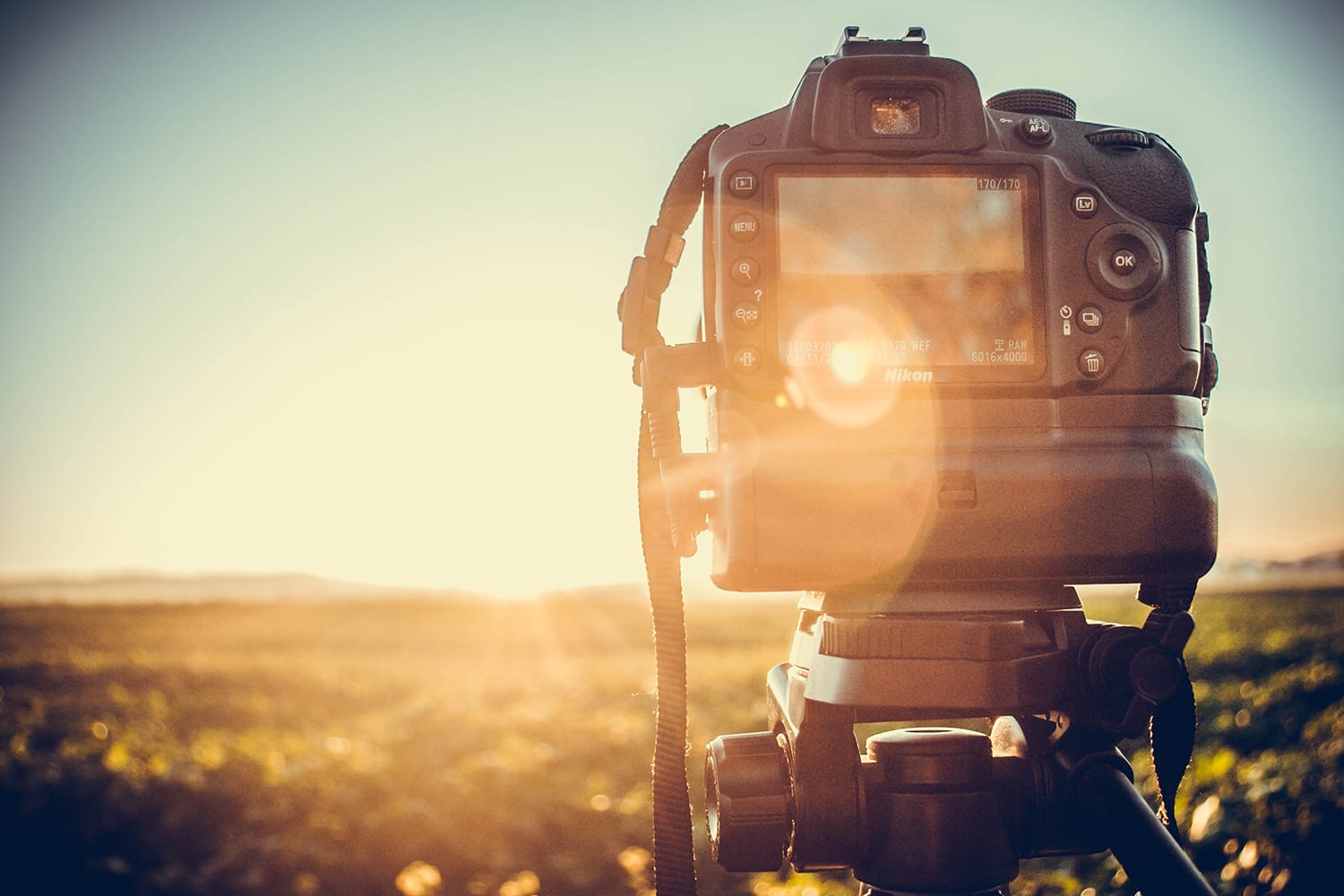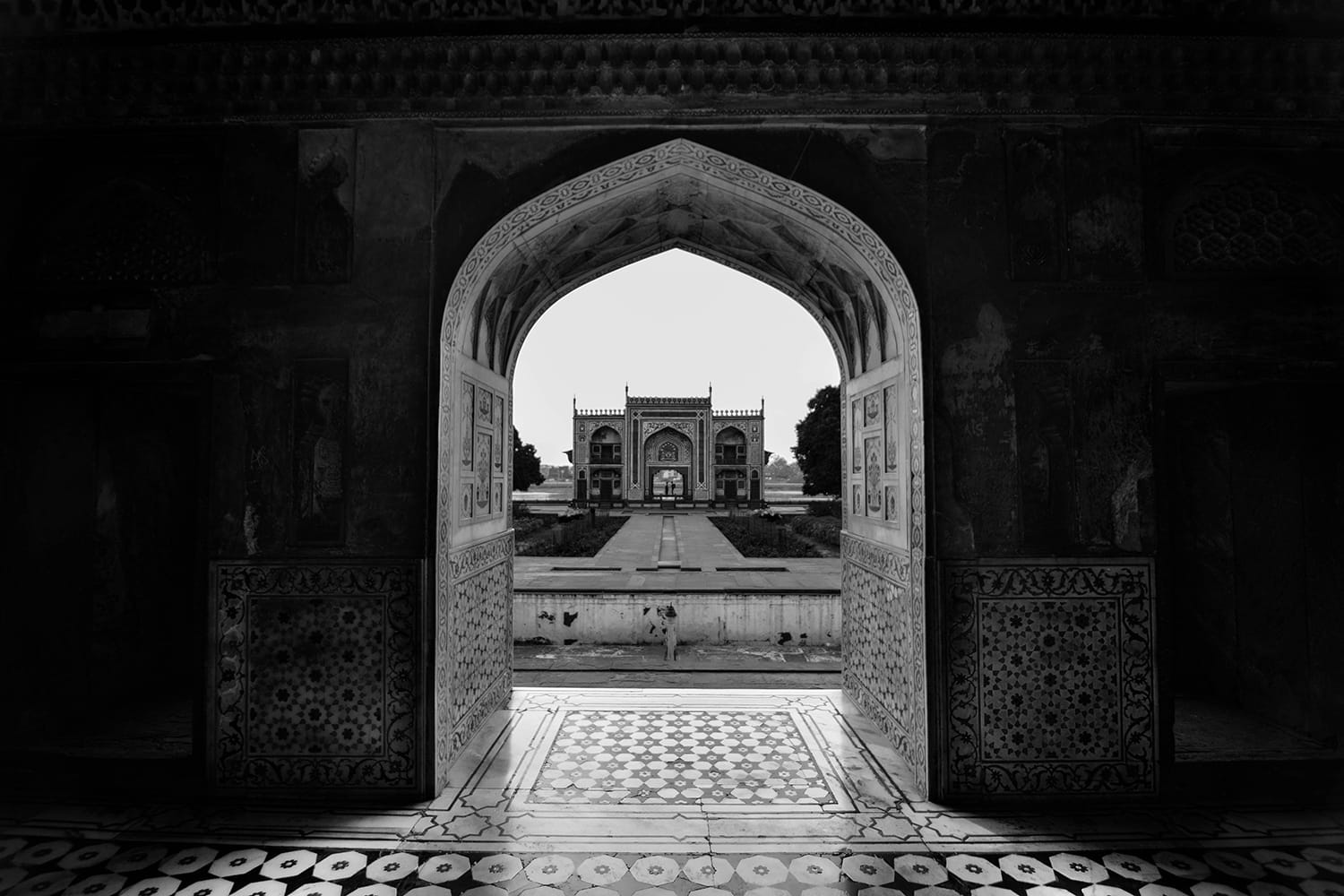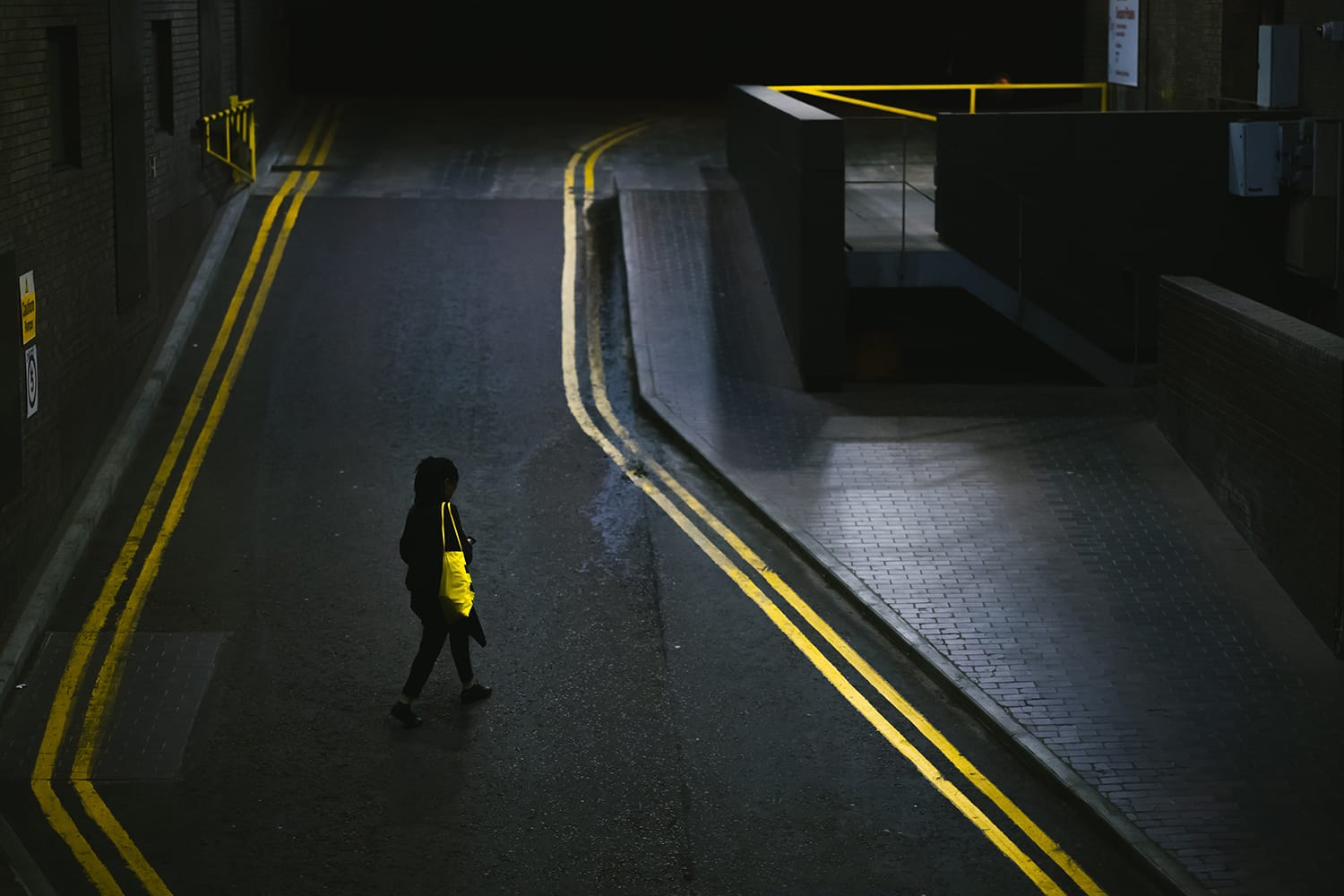8 Sure-Fire Ways to Improve Your Compositions
What is it that makes a great photograph so great? Behind every fantastic photo is a carefully planned composition, strategically developed to evoke particular emotions, draw our eyes to the subject, or embrace us within a story from a unique perspective.
Each decision we make while preparing to take a shot provides further meaning to a composition.
By becoming aware of the many tips and tricks available to create stunning compositions, we become capable of making our eye for good composition second-nature rather than a carefully planned process.
First, however, we must review a few of the strategies which will be most likely to elevate our compositions to pro-grade level. Eight of these strategies are below, and we guarantee that each one will offer dramatic improvements to your compositional skills.
1. Lead the viewer’s eye

If you’ve studied the principles of photography composition in the past, you may have encountered the concept of leading lines. These leading lines are all around us—they can come in the form of shorelines, horizons, or architectural points of interest.
However, these lines aren’t the only way to lead a viewer’s eye to critical points within the scene. Photographers can also use other elements of their composition (such as object arrangement, framing, and cropping) to lead the eye just as effectively.
When composing a photo, keep this in mind! Ask yourself where your own eyes are drawn, then adjust accordingly.
2. Try filling the frame

You may have heard that negative space or simplistic backgrounds can add a heap of value to a composition, and that’s very true!
However, there are also situations in which you’ll want to try filling the entire frame with your subject. If you’re aiming for a bold composition that’s free of distractions, or if you want your viewer’s attention to be drawn to a specific detail of your subject (such as unique patterns or textures), filling the frame is a great way to do it.
With practice, you’ll learn the best times to fill the frame and when it’s more ideal to stick with the Rule of Thirds.
3. Utilize light to its fullest

You’ve probably heard time and time again that lighting is everything. There’s a reason that this concept is so oft repeated! Not only is light necessary for a photograph to be taken at all, but varying qualities, tones, and colors of light are also responsible for setting a photo’s mood.
The lighting is often the first thing we notice when we embrace a photo’s story, so pick the perfect light for the mood you want to convey. This can be anything from harsh, dramatic lighting that emphasizes shadows to softer light or the golden light we all love right at sunset or sunrise.
4. Understand the concepts of tension and stability

Whether we know it or not, our eyes are accustomed to seeing vertical and horizontal lines. As a result, tracing these kinds of lines with our eyes provides an image with a sense of comfort and stability.
We may not consciously perceive this feeling, but it’s there! On the other hand, the use of diagonal lines and triangles evokes a sense of tension within a photograph – photographers who know how to use this kind of geometry to elicit feeling can drastically improve their compositions.
5. Play with perspective

There’s nothing wrong with taking a shot from eye level, but you can take steps to elevate your compositions by varying the perspective of your photos. Taking a shot while lying low, for instance, changes the story you’re telling. Perhaps this allows your photo to evoke the viewpoint of a small animal or a child.
Shooting from a high place while looking down can make a viewer feel as if they’re soaring. Get creative with different perspectives to narrate unique points of view.
6. Use natural framing

When we think about composition, we think about the many ways that we can evoke particular emotions within our viewers. We consider the ways we can draw their eyes to particular areas of the photo where we want to focus. Sure, we can use some tools like curves, leading lines, and other techniques we’ve already discussed, but one of the most direct and artful ways to accomplish this goal is by utilizing natural framing opportunities afforded to us by our surroundings.
For example, use doorways, fallen trees, rock formations, or anything else you can find to cleverly frame your subject and hold your viewers’ interest. This is a great time to practice symmetry, too.
7. Don’t forget context

Sometimes, we focus so much on the primary subject of our shots that we forget to use one of the most valuable compositional tools available to us – context!
There is something to be said for negative space and blanker backgrounds, but sometimes a background is necessary in order to complete the story we are trying to tell in our photo. With careful balance, a background can contribute critically to a composition without distracting from the subject.
8. Include foreground interest for added depth

Because photographs transform three-dimensional scenes into two-dimensional results, photographers can enhance their compositions by reintroducing three-dimensional elements to their shots and creating a sense of depth. One way to do this is by including elements of interest in the foreground of any given image.
There is, however, a fine line between adding interest and creating clutter. Be mindful of this when you’re composing your shot!
When you’re mentally perusing the techniques available within your compositional arsenal, it may be tempting to use all of these tips at once.
We totally understand that you’re eager to practice, but be wary of over-saturating your photos with conflicting strategies! Instead, focus on one point at a time and make the most of it.
